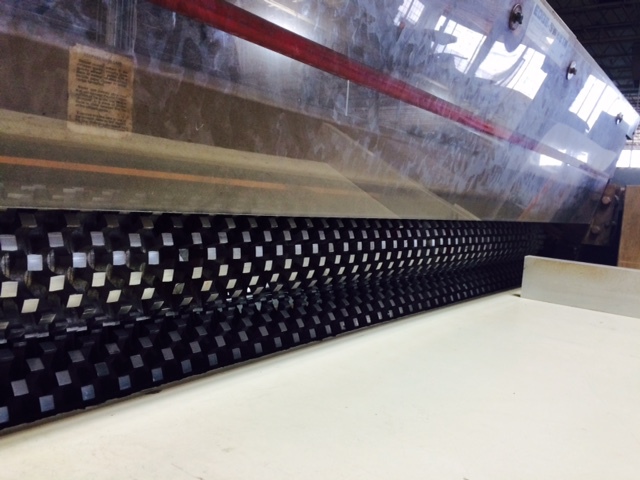
Written by: The Foam Factory
Summary: Polyurethane Foam is put through a rigorous process to ensure it’s shape and quality.
Foam is essentially everywhere in your home, from your couch to your bed. The construction of this comes from a mixture of chemicals and processing that allow it to take on the form of a comfortable material that can be used as foam inserts for furniture pieces. This article will dive into the production of polyurethane foam.
Defining Polyurethane Foam
First off, you need to understand what polyurethane foam exactly is. Made from raw, liquid polyurethane it is comprised of two chemicals that are heated and mixed from liquid polyurethane prior to the processing stage. The two chemicals, polyol, a complex alcohol, and diisocyanate, a petroleum byproduct, are required to create a long-chain molecule.
The Utilization of Polyurethane Foam
Now, most homeowners know that polyurethane foam is primarily used for either bedding or cushions – including outdoor furniture cushions. It is hypoallergenic, nontoxic, and does not degrade throughout time. Now, this means that cushions that are filled with polyurethane foam will regain its shape regardless of the amount of pressure that it’s put through. Polyurethane foam is becoming more and more popular for beds because of the solid molds that fit the body. It’s a comfortable and affordable type of foam and is responsible for a majority of bed fillings in today’s homes. Also, it should be noted that polyurethane foam can also be used for packing peanuts. The provide the same protection that it does within a bed to keep the contents safe.
The Production Process
So, as stated before, two chemicals are involved in the process. Once these two ingredients have been combined to create a heated liquid polyurethane, it is passed into a nozzle head. Beneath this nozzle lies a series of specially designed rollers that help flatten the foam. Once the process begins, carbon dioxide is mixed from another nozzle, causing the polyurethane to expand as it continues down the conveyor belt. Once the foam strip is created, it is then trimmed down and compressed to create its initial shape. It’s then exposed to a series of heat lamps that dry the foam and cause the bubbles to expand and burst, leaving behind a porous and spongy material that’s ready for distribution. So, if you’re ever wondering what your outdoor foam replacement is comprised of, now you know. It’s essentially a sponge that’s been put through a series of heating and cooling processes. Most foam byproducts are created in the exact same fashion as well.
